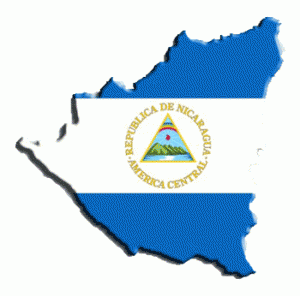
• Chorotegas
• Maribios
• Nicaraos (or Náhuatl, from the Pre-classic)
• Matagalpa
• Miskito
• Sumu
• Rama
The most important indigenous groups belonged to the Náhuatl, who were reduced by 90% after the first century of colonization. Their influence is the most prevalent today, from food to customs, but especially in terms of vocabulary.
Main characteristics
It is said that Nicaraguans have a “soft and melodious” pronunciation.
Náhuatl-speaking tribes had come to dominate the country by the time of the arrival of the Spanish. Although they almost disappeared as a race, their language was maintained over time, maybe because Náhuatl is a melodic language, suitable for abstract and technical concepts and for the formation of new words. It is also said that it is made for the culture, as it is easy to teach. Of the other tribes, only the Chorotegas and Maribios survive as part of the population today, but very few words, no more than 20, remain from their languages.
The Náhuatl language has had a great influence on phonetics, as well ason some syntactic aspects, such as the tendency to juxtaposition, and also on the current lexicon, which continues to include about 600 Náhuatl terms in everyday language.
According to studies, the following are some of the salient features of the phonetics of Nicaraguan Spanish:
• General tendency to reduce hiatus.
• Variations in the timbre of vowels.
• Consonants are generally more relaxed than those in the Spanish from Spain.
• Changes in words, for example:
a) Vocalization in rural areas: [peɾ’feito]
b) Alteration: [a’sektaɾ], [in’septo]
c) Omission: [es’tɾaɲo], [kon’seto]
• Pronunciation of “z” and “c” as “s”.
• Aspiration of the “s” after a vowel.
• Use of the “vos” form, although “usted” to show distance or respect.
Examples of everyday Náhuatl words:
atol = food or drink made from corn
caite = zapatochibola = small, ball, marble
chingaste = seat, seed, residue left over from a drink (coffee)
huipil = type of shirt
nana = mother, wet nurse
tata = padrezacate = herb, grass
apachar = crush
chimar = shave, scrape





